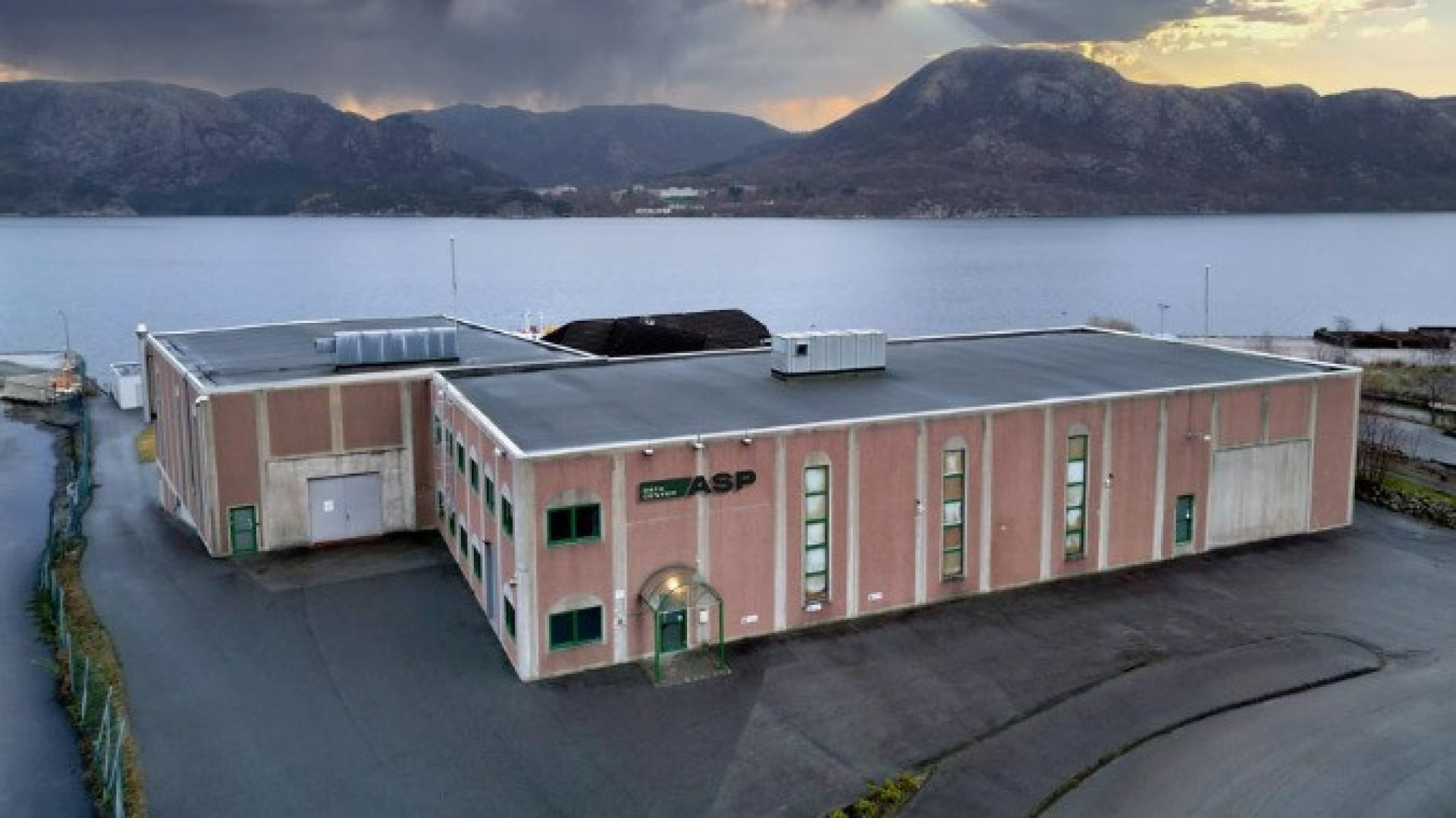China's National Development and Reform Commission (NDRC) has outlined plans for a massive migration of computing resources to west-China, a region with a cooler climate, where renewable energy is more easily available and space to build giant datacenters is easier to find. The plans are explicitly aimed at allowing China to build more and more efficient digital infrastructure.
A Q&A published by the NDRC in February 2022 revealed that construction has begun on the eight new computing hubs for the "East and West" project. According to the document, China's datacenter fleet has already exceeded five million racks of equipment, delivering 130 exaFLOPS of power, and is growing by 20 percent per year. Consequently, workloads that are latency-sensitive should stay in the East, and others should move west.
However, even in the Eastern locations, China's government wants datacenters to be moved out of urban clusters such as Beijing-Tianjin-Hebei, the Shanghai-dominated Yangtze River Delta, and the Guangdong-Hong Kong-Macao Greater Bay Area. Rather than competing for land, water, and energy, operators are being urged to consider nearby locations where there is less competition.
The industrial internet, financial services, telemedicine, artificial intelligence, disaster preparedness workloads, and video calls will be kept in the East. Data processing, data cleaning, and data content services have been earmarked for a move west, and perhaps a need to endure less-than-brilliant reliability. According to the Q&A, new hubs must meet 65 percent availability rates (although clustered designs may provide redundancy).
No date for completion of the project has been set, but China has previously undertaken a shift in energy generation from East to West, so it has already proved that they can pull off a massive operation like this.














